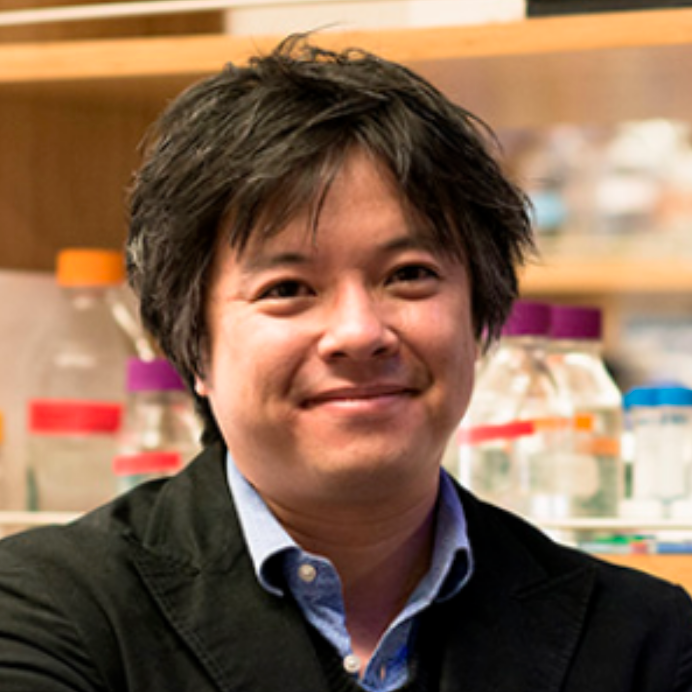Thomas Coate
Email: tmc91@georgetow.edu
The Coate Lab
Development of the neurons in the inner ear
The long-term goal of the research in the Coate laboratory will be to define the signaling mechanisms underlying neural development within sensory systems and how synaptic connections can be reestablished in cases of damage or disease. In the field of developmental neuroscience, we are now at an exciting time where we can take multi-faceted approaches to understanding (with excellent temporal and spatial resolution) the mechanisms by which precise cell types coordinate appropriate axon guidance decisions and synapse formation. In our research, we aim to understand the mechanisms by which spiral ganglion neurons (SGNs) make functional connections with mechanosensory hair cells in the mouse cochlea. We are currently addressing how secreted Semaphorins, which activate Neuropilin/Plexin co-receptors, control SGN axon guidance decisions in the cochlear sensory epithelium. We are also investigating how the transcription factor Pou3f4 controls the expression of axon guidance factors in the developing cochlea (such as ephrins and Eph receptors) and how those factors control cochlear innervation. The cochlea provides an excellent model for discovering how circuits assemble within a complex organ system, as it is composed of an array of cell types and structures precisely arranged to detect a range of sound frequencies.





